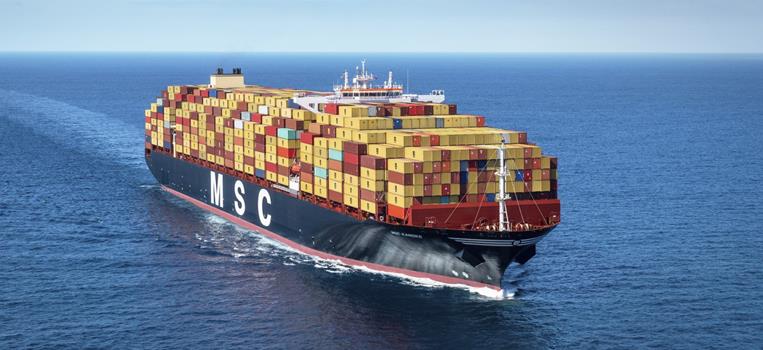Russian shadow fleet emerges from data on empty oil tankers
First, a small armada of oil tankers emerged to help Russia beat sanctions. Now hundreds of fuel vessels are taking steps to hide where they’re going from prying eyes.
A record 311 mid-range ships were recently seen sailing without cargo or destination, according to Kpler data compiled by Bloomberg, compared to an average of 14 such ships at any given time prior to this year. Meanwhile just 33 empty vessels are signaling Russia, the lowest level on record and down from 103 at the beginning of the year.

This shift is a sign that vessels may be forming a “dark fleet” to haul Russian fuel under the radar after the European Union banned it less than two weeks ago. More than 400,000 barrels a day of diesel used to flow from Russia to Europe, and traders and shippers are expected to find workarounds to sanctions to keep a large portion of it flowing to the global market.
The jump in aimless empty vessels could also reflect shipowners trying to anticipate the region of highest demand in the reshuffling of Russian product.
The cost to use fuel tankers has skyrocketed since the EU ban, as ships enter the dark fleet and become unavailable — and uninsured by European maritime service providers — for regular trade routes, such as moving gasoline from Europe to New York.
Similar Stories
AGLPA Issue Update - Nov 2024
Today the Maritime Administration (MARAD) awarded nearly $580 million to 31 recipient ports in 15 states and territories. These grants are from the agency's Port Infrastructure Development Program (PIDP). Five…
View Article
Viking Line named Finnish security organization of the Year
View Article
Ocean Network Express and Seaspan Corporation jointly announce the establishment of ONESEA Solutions
View Article
MSC Customer Advisory
View Article
U.S. Department of Energy: $20.2 million in projects to advance development of mixed algae for biofuels and bioproducts
View Article
ZIM launches its USA Employer Brand Campaign to attract top talent
View ArticleGet the most up-to-date trending news!
SubscribeIndustry updates and weekly newsletter direct to your inbox!





